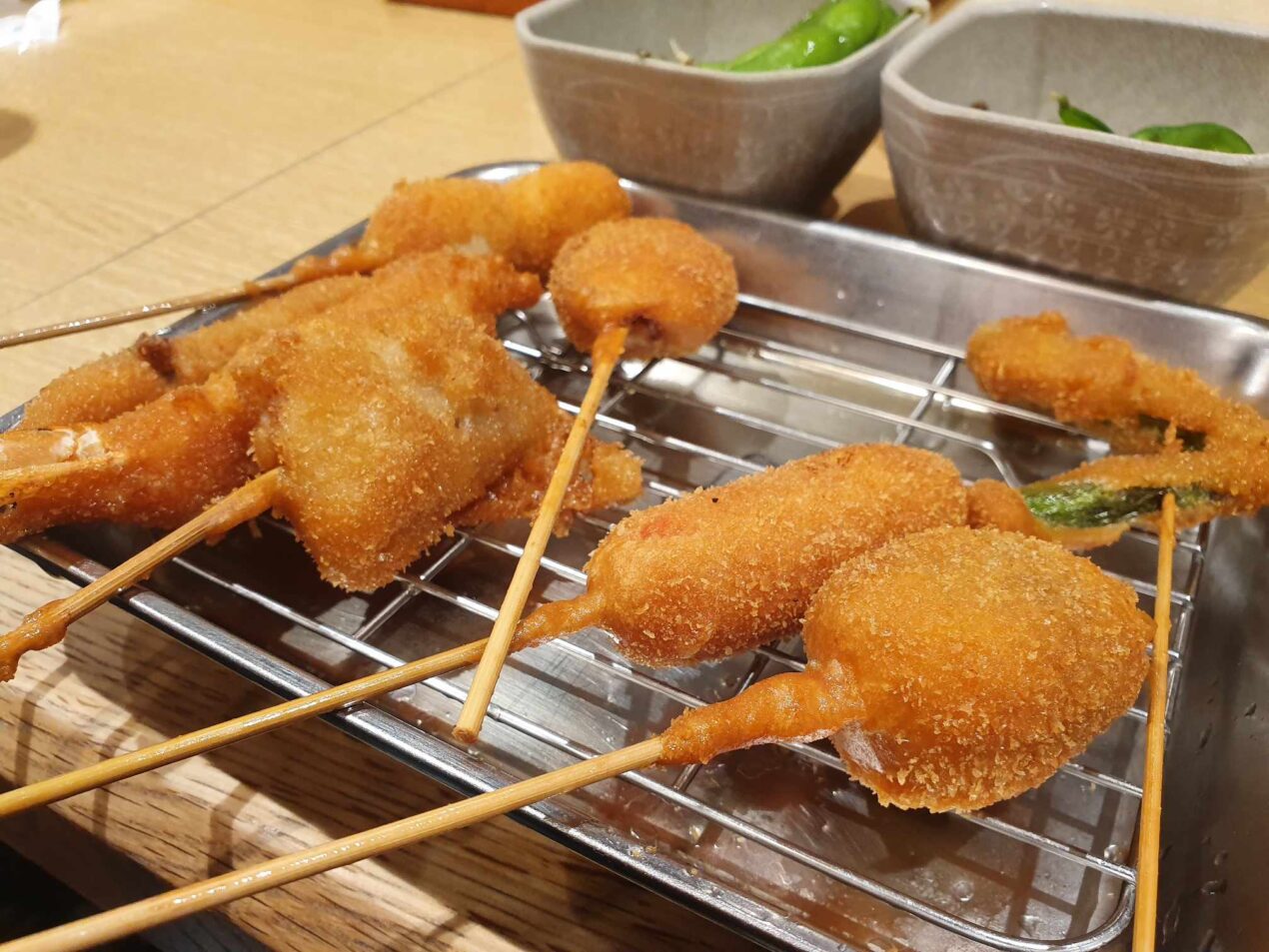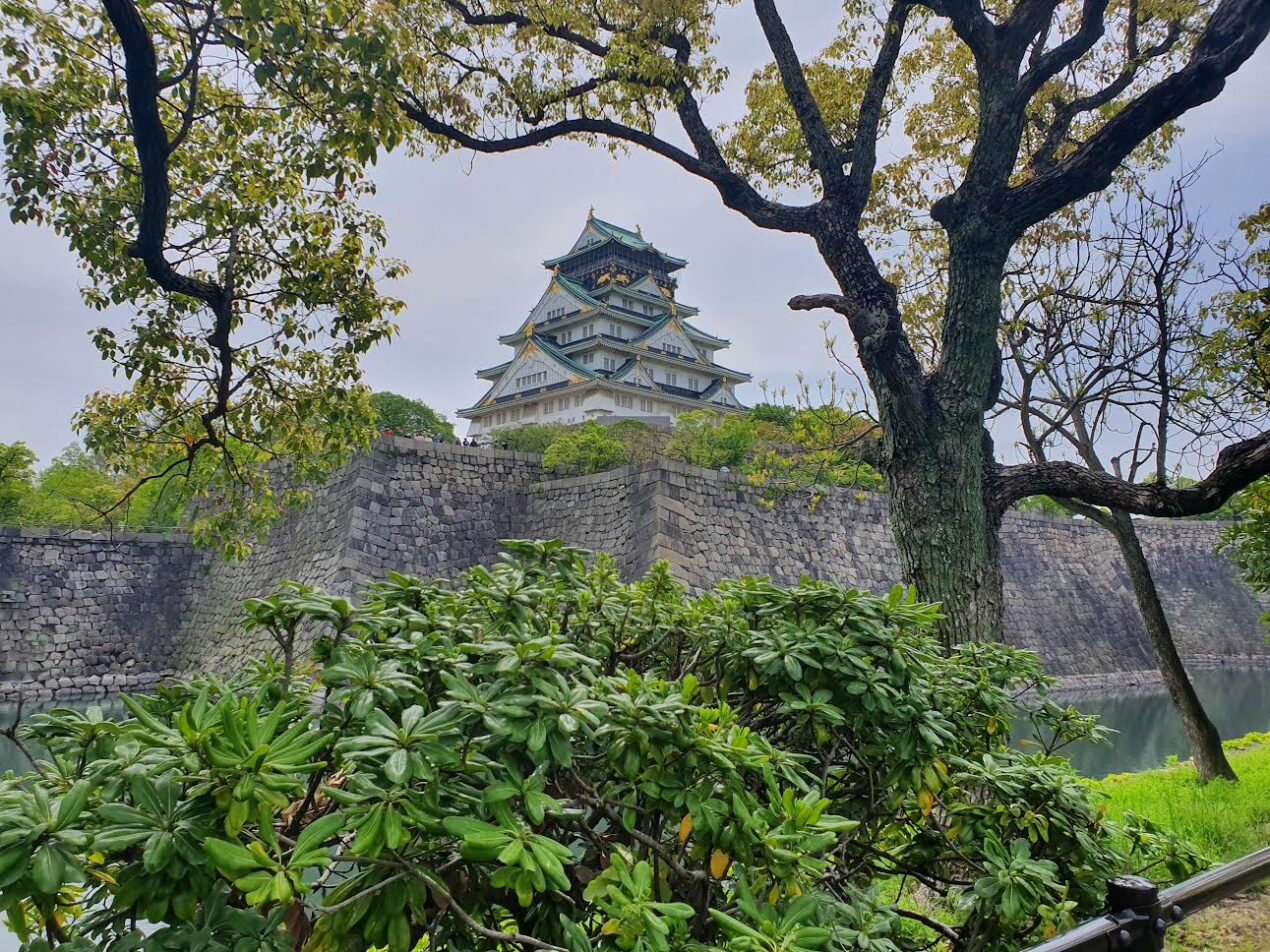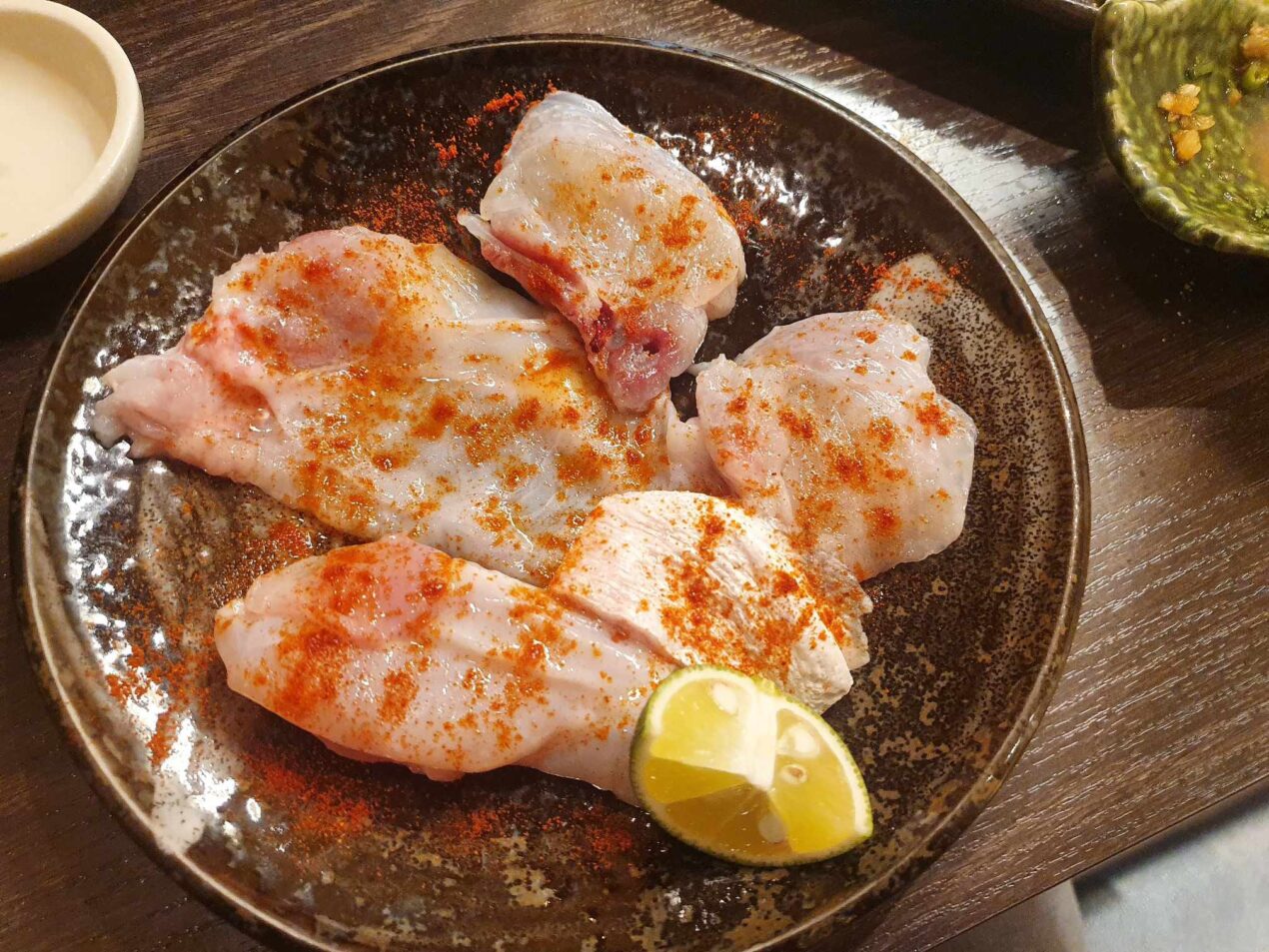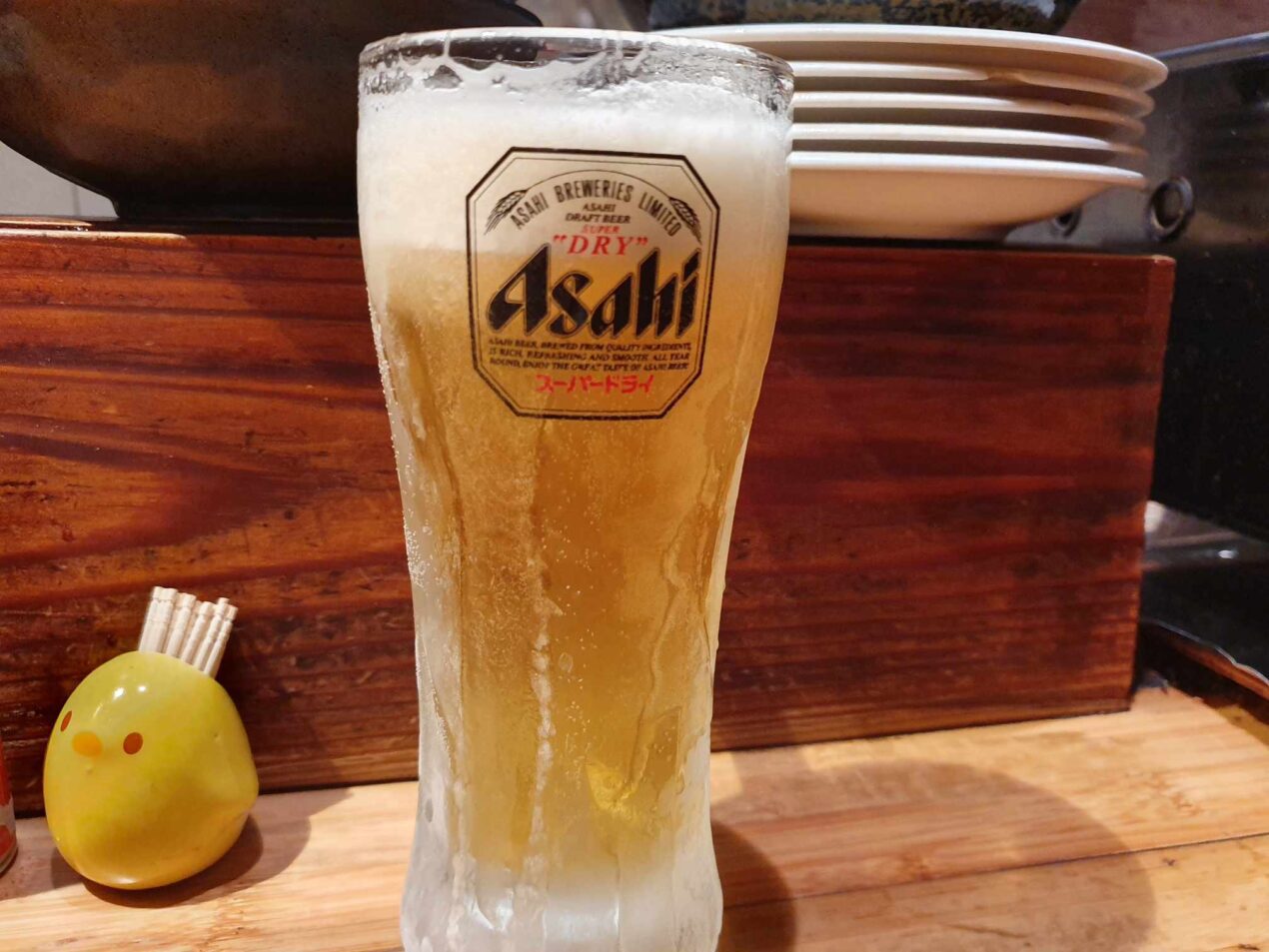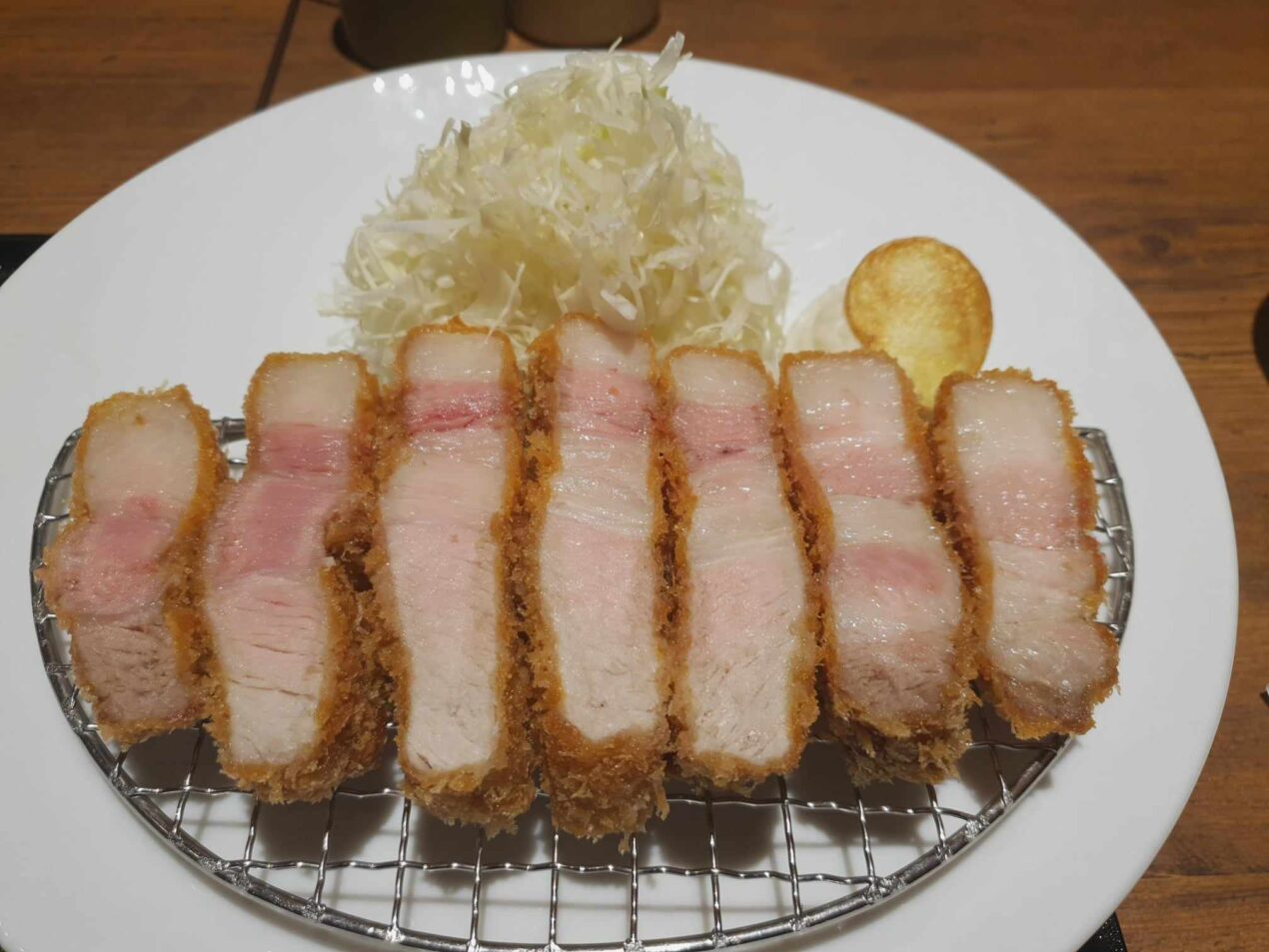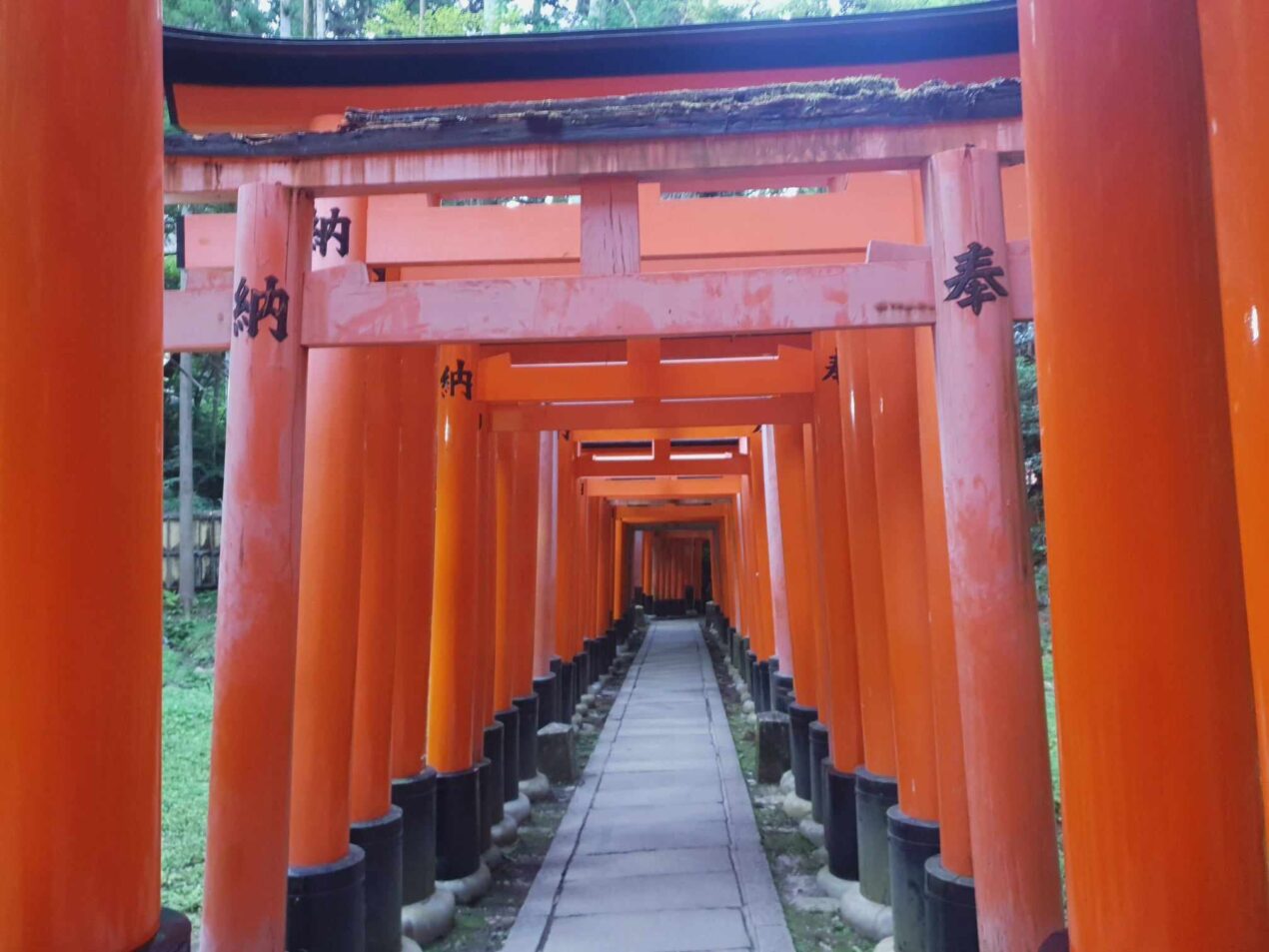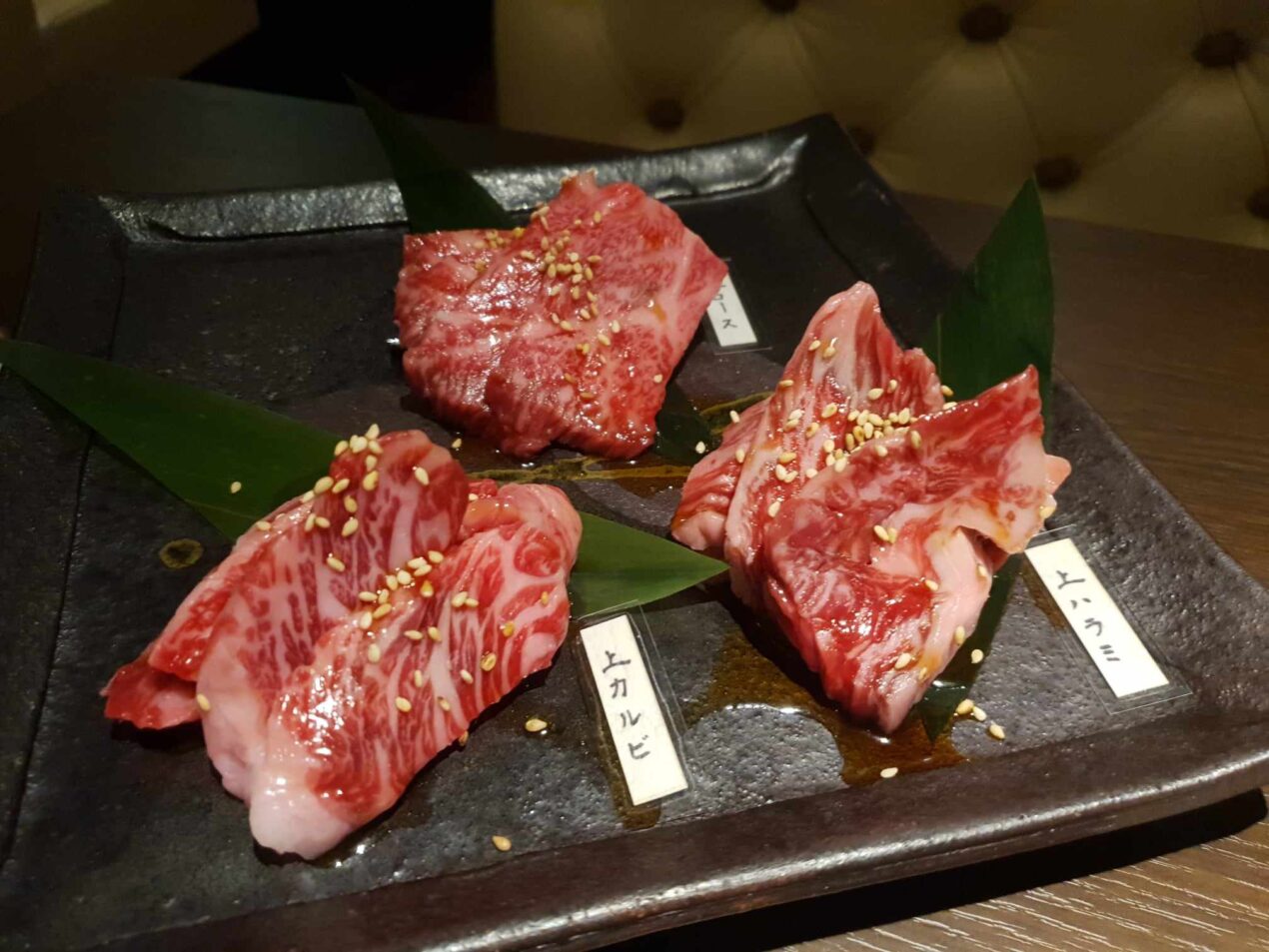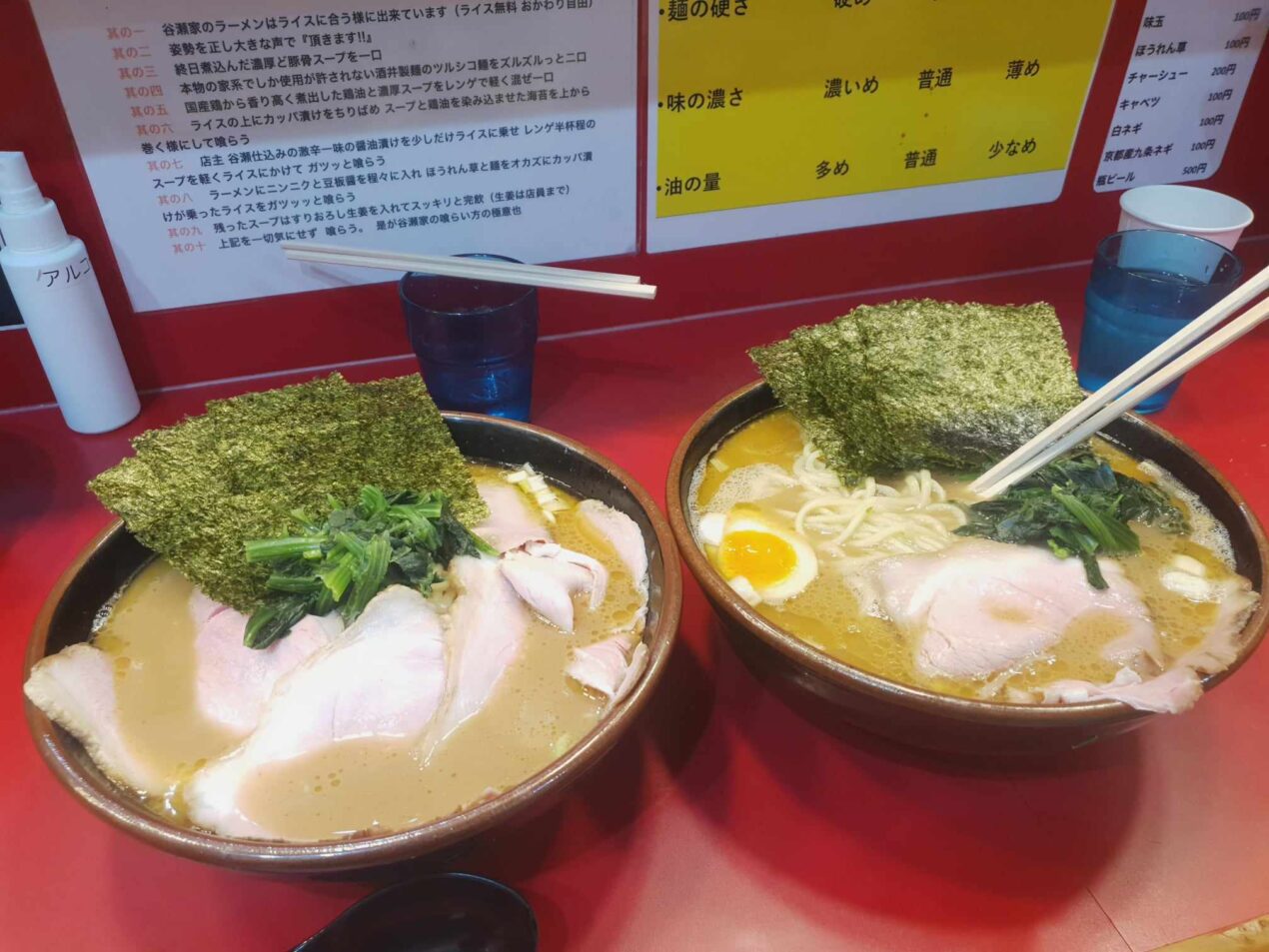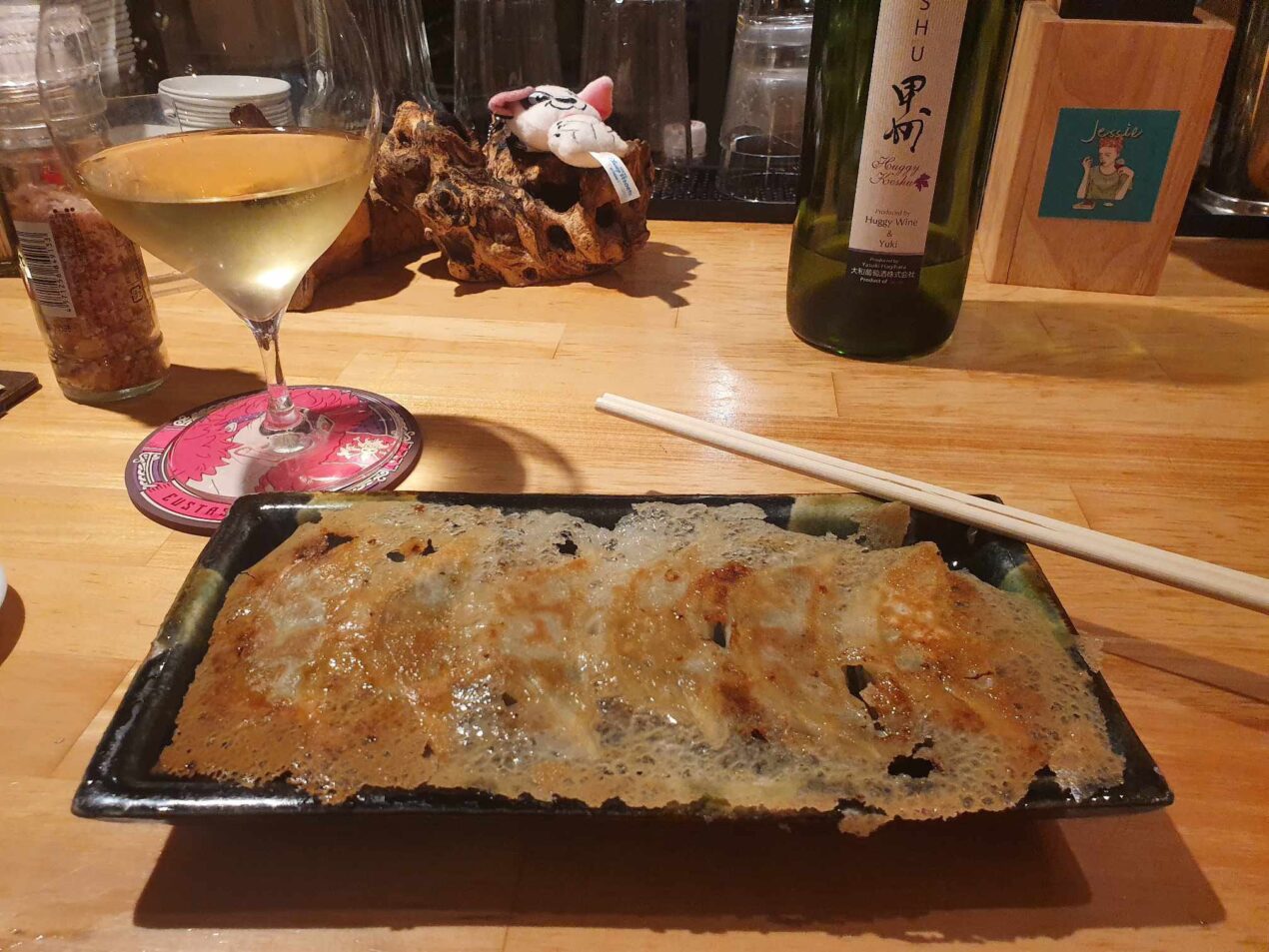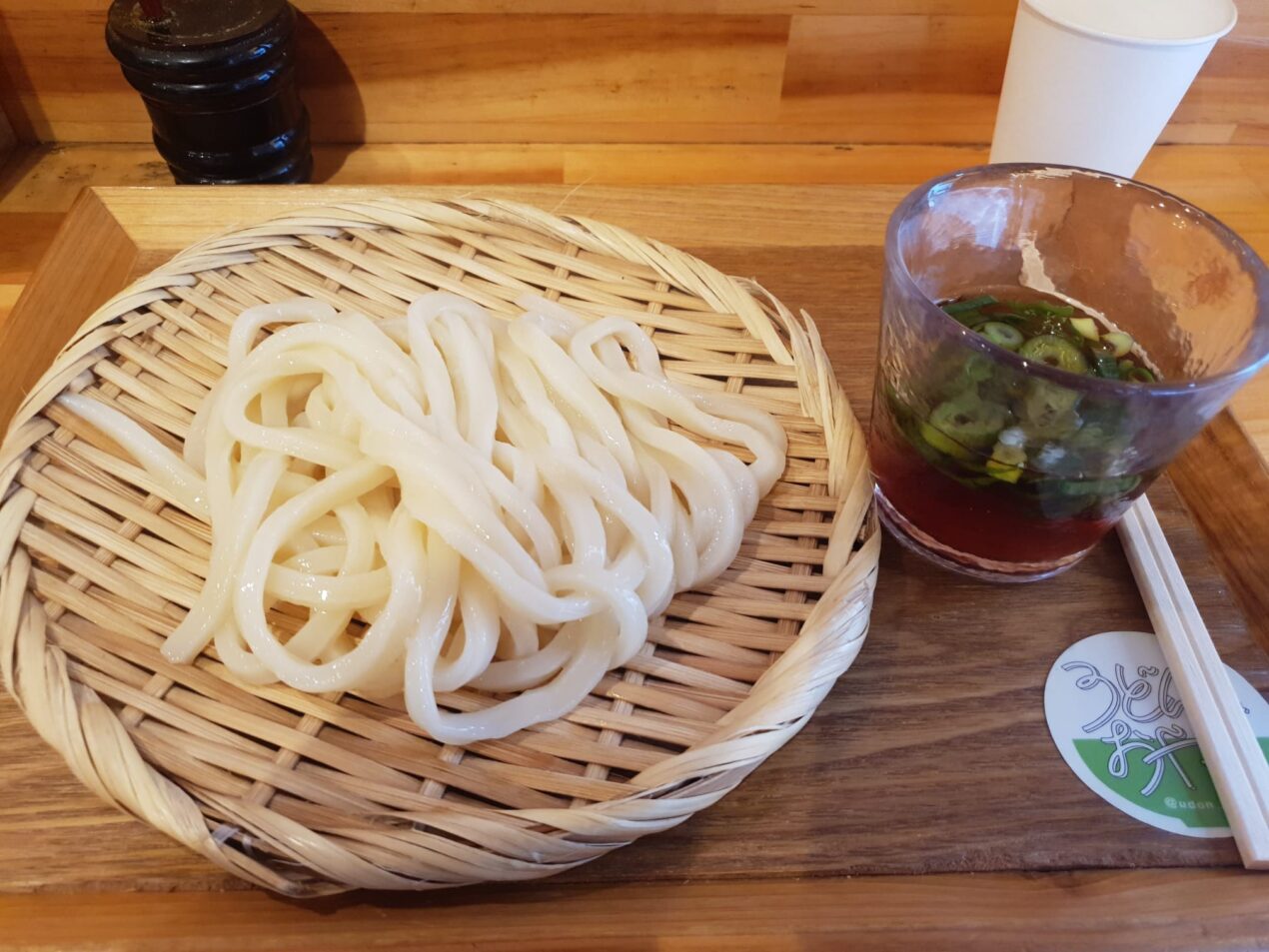Why Kushikatsu Should Be on Your Osaka Eating Bucket List
If you couldn’t already tell by my name ‘Big Body’, there are several types of foods that took me from just a slightly plump little boy to the hulking, bipedal Sasquatch-lookalike (but more like that one from the famous blurry Sasquatch video), the main culprit being fried food. While I’ve dialed my fried food consumption back over the years, I’ve still been known to crush a KFC family bucket in a dark corner of my apartment similar to Gollum in Lord of the Rings when he savagely tears into a fish after catching it. My precious….11 herbs and spices.
So you can imagine my excitement when I learned of a popular deep-fried dish called ‘Kushikatsu’ that was said to be at the heart of Osakan identity, having first originated as an affordable, filling, and quick meal for Osaka’s blue-collar workers in the early 1900s. During my three months living in Japan, kushikatsu became somewhat of a regular occurrence and/or stop on a big night out to fuel up (in both liquid and solid form), without breaking the bank.
Forget tempura. You’re in the world of kushikatsu now.
Below, I’ll walk you through what exactly kushikatsu is, a little history behind it and why it’s beloved in the Kansai region, the one faux pas you shouldn’t commit while eating it, and a bit about an unforgettable kushikatsu omakase experience that I booked several weeks in advance along with a must-try kushikatsu staple and chain in Osaka.
Continue reading “Why Kushikatsu Should Be on Your Osaka Eating Bucket List”…